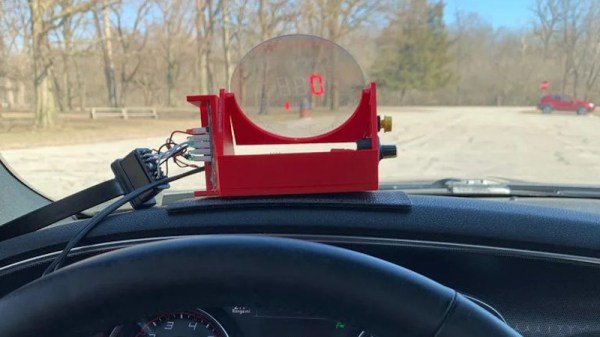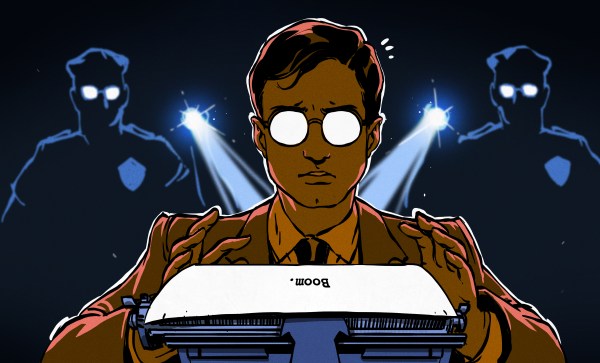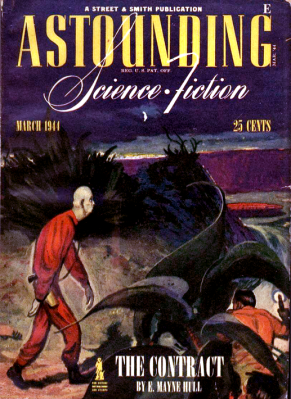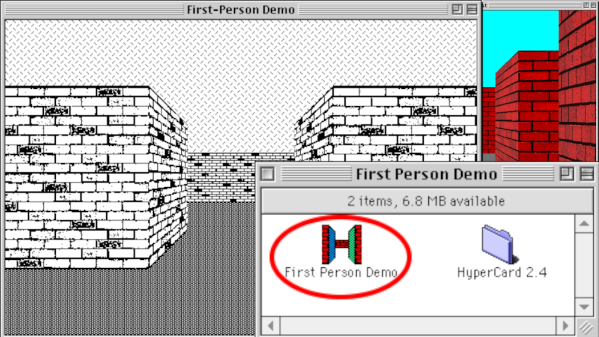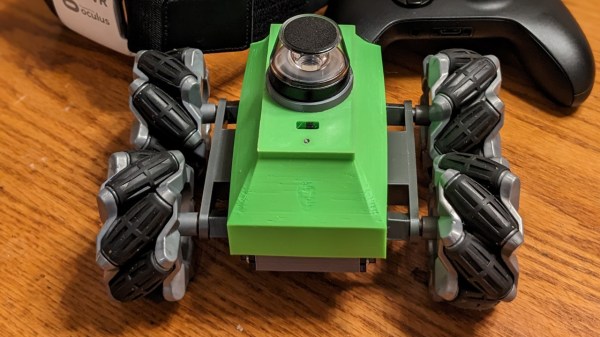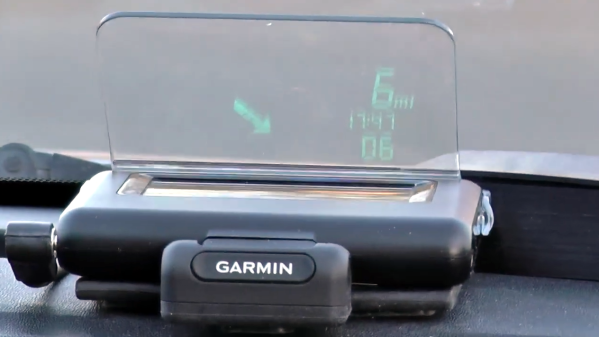Many cars these days come with a basic Heads Up Display, or HUD. Typically, these display speed, though some also throw in a tachometer or navigational graphics too. Of course, if your car doesn’t have one of these stock, hacking in your own is always an option.
[PowerBroker2] developed this HUD in a somewhat circuitous way, but it’s effective nonetheless. An ELM327 Bluetooth OBD-II reader is hooked up to the car, collecting data on speed and RPM. This data is passed to an ESP-32 and Teensy 3.5. From reading the code, it appears the Teensy is responsible for logging data from the CAN bus on an SD card, and running a small OLED display. The ESP32 is then charged with running the LED display that actually forms the HUD. It’s then combined with a 3D-printed housing, some plexiglass, and reflective windshield film to complete the effect.
It’s a build that probably packs in more hardware than is strictly needed to get the job done, but it does indeed get the job done. Other builds we’ve seen use LED strips as a quick and tidy way to get the job done. Video after the break. Continue reading “Arduino Car HUD Does The Job”

